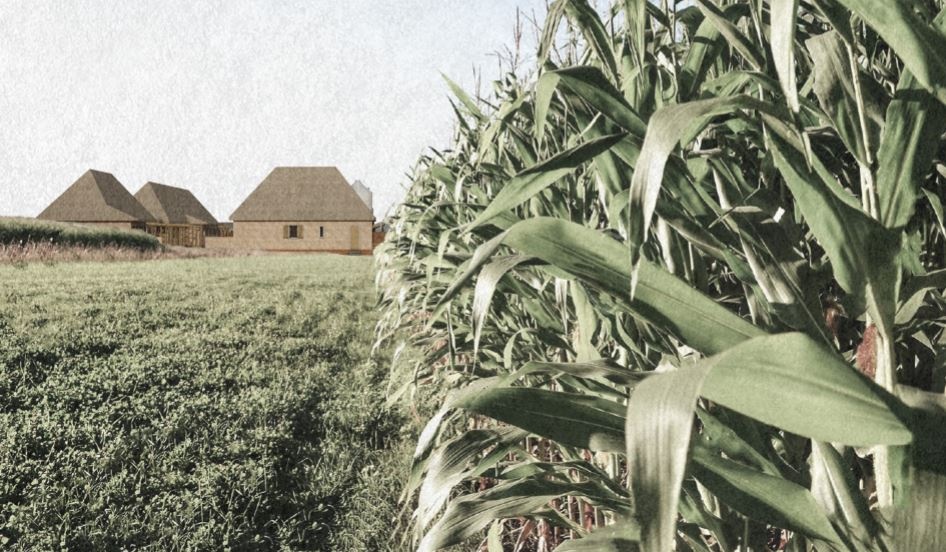Supervisor: Dietrich Schwarz
Assistant: Daniel Penzis
Our landscape gets more and more urbanized. This trend seems to be unstoppable and it is obvious that we lose our cultivated land - the basis of our emotional and cultural identity, but also of our life resources. This apparently functional, linear process has to be questioned. Therefore, we as architects and urban planners need to understand landscape in a different way: the primacy of the city towards landscape has to change. Both qualities, city and landscape, are mutually dependent and need to be considered at the same time.
Last semester we came closer to nature through different exercises and projects. We have recognized that on the one hand landscape is determined by the action of human (Spinoza: Natura naturata), but by a significant part of the nature itself and its inherent powers (Spinoza: Natura naturans). We have also learned that the human perspective to nature is characterized by the spirit of the time. As described before our goal is to emphasise the beauty of natural forces through our architectural intervention instead of dominating them.
This semester we want to cultivate the nature. We want to use the landscape as a resource, to act functionally and to build the necessary infrastructures without destroying its beauty. The sustainable cultivation of the landscape leads to a new culture of construction. Freely adapted from Heidegger, the farmer is the one who builds (grows) the land and who builds the house. This duality of "to build" is essential and has its origin as human settled down getting a new self-understanding. The first form of "Ich bin" or the English basic form "to be" has the same root.
To be, or not to be, that is the question
It is a quote from the tragedy of Hamlet, Prince of Denmark by William Shakespeare, 3rd Act, 1st Scene. The protagonist Hamlet begins his monologue with this sentence. He is not courageous enough to act decisively because he fears dying more than his yearning for death and his world pain.
“Sustainable development is the management and conservation of the natural resources base, and the orientation of technological and institutional change in such a manner as to ensure the attainment and continued satisfaction of human needs for present and future generations. Such sustainable development in the agriculture, forestry and fisheries sectors conserves land, water, plant and animal genetic resources, is environmentally non-degrading, technically appropriate, economically viable and socially acceptable“ (FAO, 1988)
The fact, that we Europeans already require three planets to cover our resource needs, raises the question of the relationship between resource consumption and quality of life. Whereby we want to cover our consumption by renewable resources. Interestingly this is in direct relation to our land consumption and building culture. Construction is not only restricted to the built city but also to the cultivated land. This developing culture should define our quality of life and self-understanding.
We check the thesis that city and landscape need to be considered at the same time. Instead of the Metropolitana we discuss the theories of Agripolitana. Therefore we cooperate with the University of Venice IUAV and take the Veneto with the "città difusa" as the basis of our studies.
Task: Urban development, architecture and construction will be analysed, questioned and newly developed. We follow the principle:
Synchronized thinking of city and landscape
In a globalized world where merchandise goods and population circumnavigate the world seemingly free, comes the question of the cultural identity of the individual; is the environment on which we act as humans, original or artificial, real or virtual? What makes us people from, that what we consume, or what we produce?











